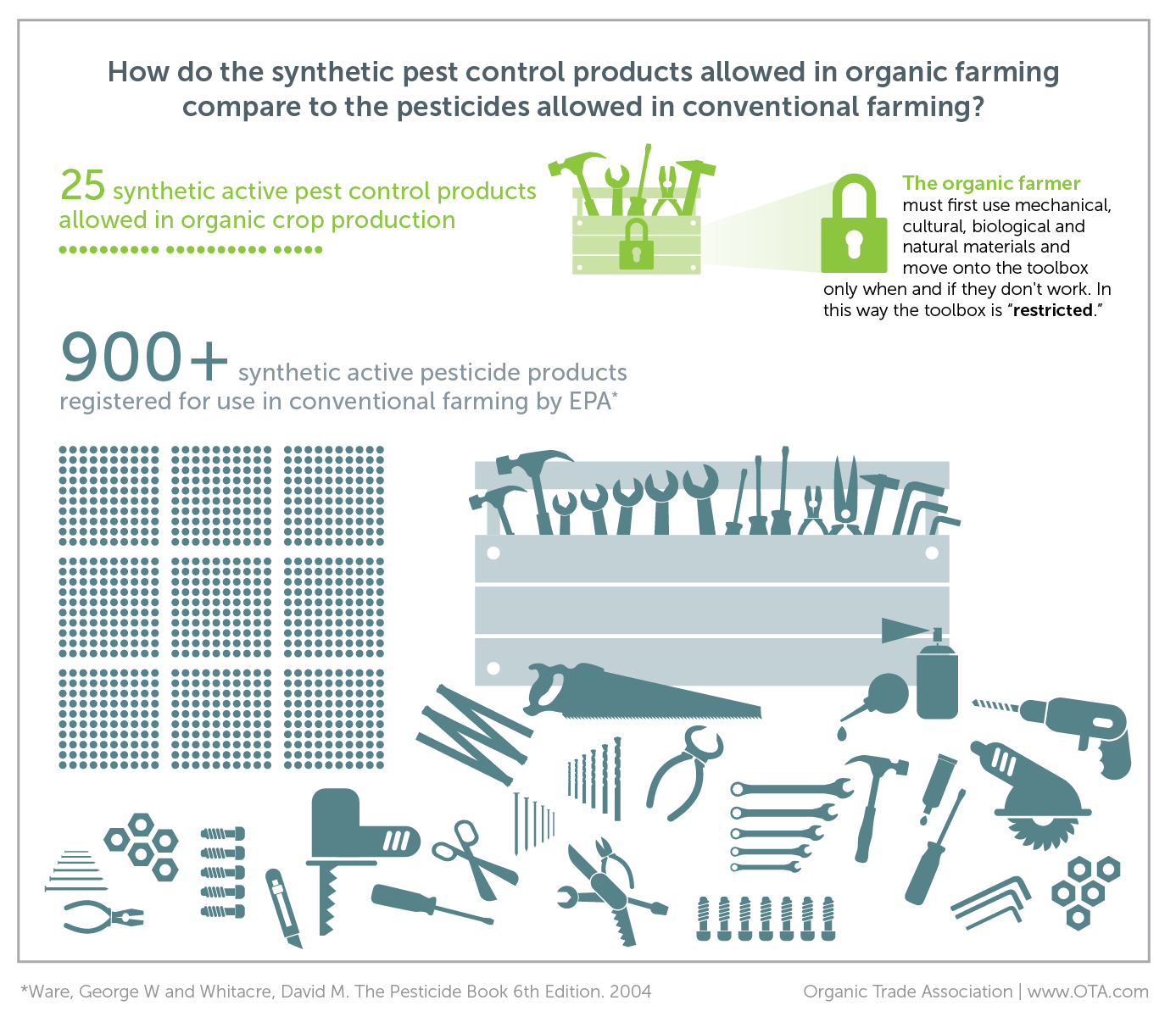Organic is the gold standard
August 5, 2015
The July 29 article “The Colossal Hoax of Organic Agriculture" in Forbes paints an inaccurate picture of the organic regulations.
Despite what Mr. Miller inaccurately claims in “The Colossal Hoax of Organic Agriculture,” organic operations certified to the U.S. Department of Agriculture’s National Organic Program regulations set the gold standard for our food and fiber.
U.S. organic production practices adhere to a set of strict regulations. This includes a National List of Allowed and Prohibited Materials. Under a Sunset Review Process, non-organic inputs allowed in organic farming and handling under certain restrictions must be reviewed every five years, to provide an opportunity to remove them from the National List if they fail the criteria outlined in the Organic Foods Production Act (OFPA).
The Sunset process was designed to maintain the National List and keep it in-line with OFPA criteria. This ensures that allowed production and handling inputs used to grow, raise or make organic products are 1) not harmful to human health or the environment, and 2) necessary because of the unavailability of a natural or organic substitute.
 The National List can be thought of as the “restricted tool box” for organic farmers and handlers, to be used only under very special circumstances. By law, they are necessary tools widely recognized as safe and for which there are no natural alternatives. Organic farmers have restricted access to 25 synthetic active pest control products, while over 900 are registered for use in conventional farming. Organic ranchers have restricted access to 22 synthetic livestock health treatments, while over 550 synthetic active ingredients are approved in conventional animal drug products.
The National List can be thought of as the “restricted tool box” for organic farmers and handlers, to be used only under very special circumstances. By law, they are necessary tools widely recognized as safe and for which there are no natural alternatives. Organic farmers have restricted access to 25 synthetic active pest control products, while over 900 are registered for use in conventional farming. Organic ranchers have restricted access to 22 synthetic livestock health treatments, while over 550 synthetic active ingredients are approved in conventional animal drug products.
Before organic farmers can use any of these substances, however, they must develop a pest and disease management plan describing how they will first prevent and manage pests without the use of National List inputs. The restricted toolbox can only be opened when mechanical, cultural, and biological controls are insufficient to control pests, weeds and disease. This is foundational to organic farming.
The restricted toolbox used in organic production represents the best and least-toxic technology our food system has developed. For more information and additional infographics about the National List, check out OTA’s website.
As far as enforcement, the referenced Wall Street Journal article is based on work published in 2011 and does not reflect the dramatic improvements in the U.S. Department of Agriculture (USDA) system since that time. The organic certification system has been revamped, and continues to be revamped in a constant exercise of self-improvement. The USDA’s rigorous monitoring system of the organic sector discovers and corrects any irregularities of third-party accredited certifiers. All accredited organic certifiers are audited on a regular basis against a list of 100-plus stringent criteria. A full review by USDA shows certifiers in compliance with 95 percent of accreditation criteria. Any and every noncompliance results in corrective action being taken by the certifier, or in that certifier being removed from the program.
Regarding GMOs, the use of GMOs is prohibited during the production and processing of certified organic products. An organic farmer can’t plant GMO seeds, an organic cow can’t eat GMO alfalfa or corn, and an organic soup producer can’t use any GMO ingredients. To meet the USDA organic regulations, farmers and processors must show they aren’t using GMOs, and that they are protecting their products from contact with prohibited substances, such as GMOs, from farm to table. The prohibition on GMOs extends to all organic label categories and all ingredients contained in the products. The inspection process is designed to verify whether the certified operator is adequately preventing contact with GMOs.
On the critical issue of pesticide residues, several studies have shown that organic products have lower pesticide residues than conventional products. A recent study out of Newcastle University, for example, found that the frequency of pesticide residues was four times higher in conventional crops than their organic counterparts. Another study looked directly at human exposure and found that eating just 80% organic for a week can reduce pesticide metabolites in urine by up to 90%. These studies are the most recent additions to a wide body of literature strongly confirming that organic practices reduce consumers’ exposure to pesticide residues. Even in the infrequent event that low-level pesticides are found on organic products, the residue levels are consistently lower than those on conventional products due to the preventative, pre-emptive measures organic growers are required to take to protect their crops from inadvertent pesticide residues.
Finally, regarding Mr. Miller’s attempted stab at the integrity of imported organic product, all food labeled as ‘organic’ sold in the United States, regardless of origin, must be certified to USDA organic certification standards; it’s the law. USDA oversees the term ‘organic,’ and accredits all certifiers (both domestic and foreign) to the same requirements to uphold the integrity of the organic label.
Mr. Miller has repeatedly attacked the integrity of the organic industry with unsubstantiated and inaccurate claims. We must ask: Why is Mr. Miller spreading such misinformation to consumers?
